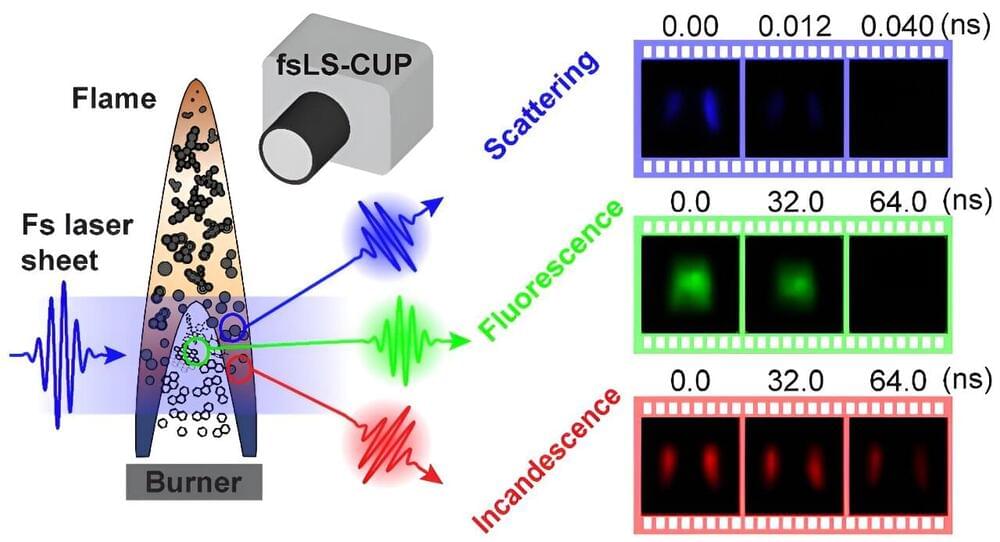Candle flames and airplane engines produce tiny soot particles from polycyclic aromatic hydrocarbons (PAHs) as their precursors, both of which are harmful to humans and the environment. These carbon-based particles are also common in space, making up 10–12% of interstellar matter, and are becoming valuable for use in electronic devices and sustainable energy. However, the fingerprint signals of soot and PAHs have very short lifespans in flames—lasting only a few billionths to millionths of a second. This brief existence requires very fast cameras to capture their behavior in both space and time.
